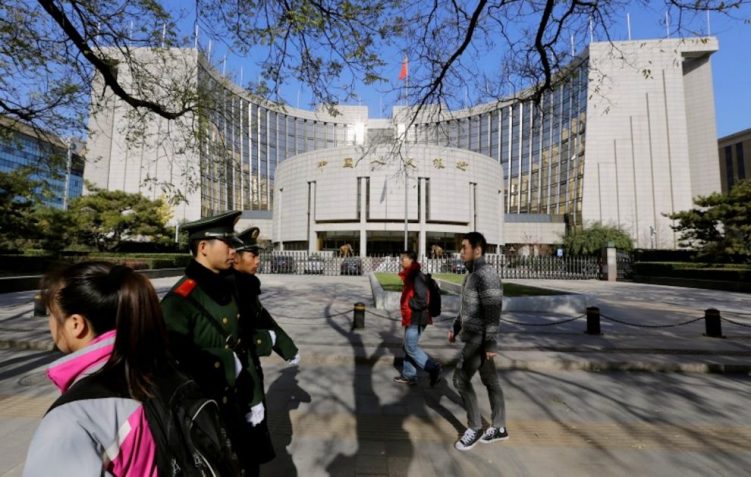China’s central bank is expected to pump more liquidity into the banking system when its rolls over maturing medium-term policy loans on Wednesday.
Analysts say that’s because money conditions became unexpectedly tight at the start of the month and likely because the People’s Bank of China wants to rev up the economic recovery after Beijing ditched its tough zero-Covid strategy in December.
In a poll of 31 market watchers conducted by Reuters this week, 25, or 81% of all participants predicted that the central bank would inject fresh funds exceeding the maturity by an average of 200 to 300 billion yuan ($44.02 billion).
However, the other six respondents forecast an exact full rollover of the 300 billion yuan worth of maturing medium-term lending facility (MLF) loans.
All participants expected the PBOC to keep the interest rate on the one-year MLF loans unchanged at 2.75%.
ALSO SEE:
China New Bank Loans Hit Record $720 Billion in January
Intense local government bond offerings
“We think the liquidity strain in early February could be associated with fast-paced bank loan issuance, as well as intense local government bond offerings since February,” said Mary Xia, China rates strategist at UBS Securities.
“Also, banks’ negotiable certificate of deposit (NCD) re-financing pressure is significant this month.”
Xia expects the PBOC to lend a fresh 200 billion yuan on a net basis.
“We expect the PBOC to stay supportive of liquidity, including via an outsized MLF rollover at 400 billion yuan,” Frances Cheung, a rates strategist at OCBC Bank, said.
New bank loans in China jumped more than expected to a record in January as the central bank looked to kickstart a recovery in the world’s second-biggest economy after the lifting of pandemic controls, while inflationary pressure remained under control.
“Although headline inflation is expected to rise further, we do not expect sufficient pressure to prevent further government loosening despite the fact that the economy is forecast to see an economic recovery in 2023,” Mike Kerley, portfolio manager at Janus Henderson Investors, said.
“Producer price inflation in January … suggested there is still a lot of surplus capacity in the economy which will need to be absorbed before inflationary fears become an issue.”
- Reuters with additional editing by Jim Pollard
ALSO SEE:
China Tightens Banks’ Reporting Rules to Classify Risks Better
Chinese Manufacturing Yet to Pick Up, Factory Prices Drop
India’s Adani Bids to Reassure Investors as Rout Continues
























